Premium Only Content
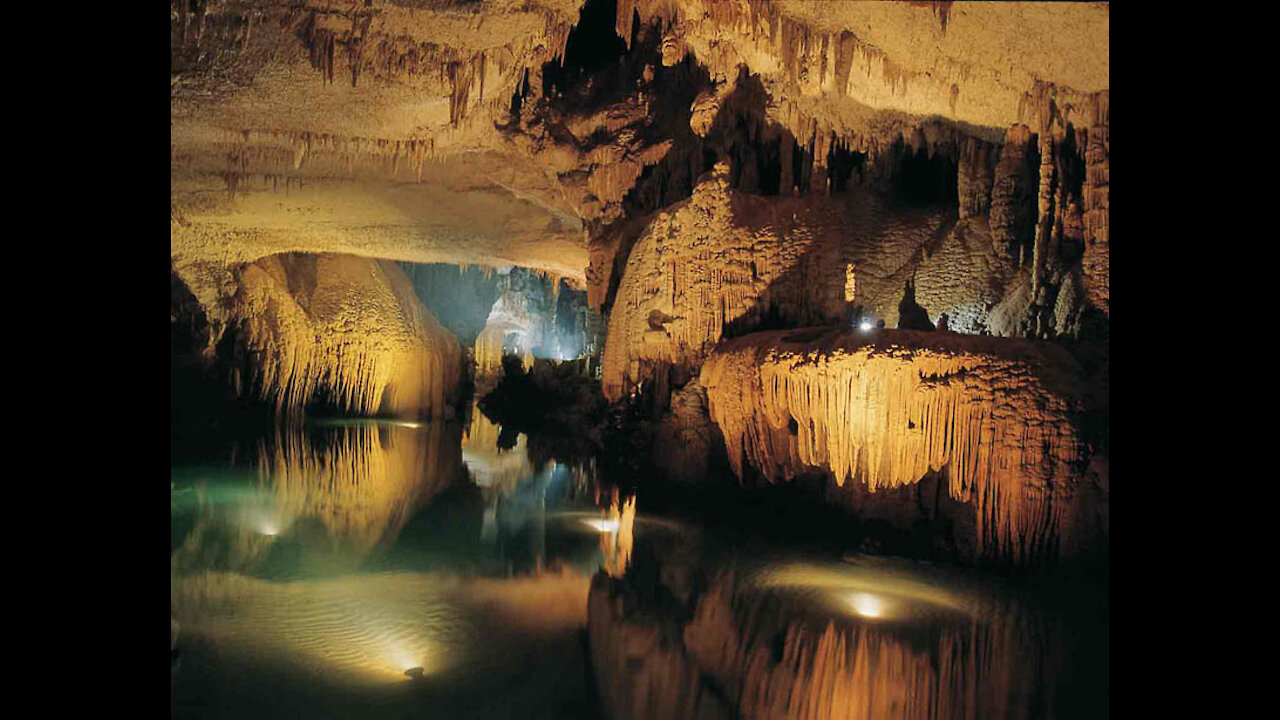
The Jeita Grotto Limestone Caves in Lebanon
The Jeita Grotto Limestone Caves in Lebanon
The Jeita Grotto (Arabic: مغارة جعيتا) is a system of two separate, but interconnected, karstic limestone caves spanning an overall length of nearly 9 kilometres (5.6 mi). The caves are situated in the Nahr al-Kalb valley within the locality of Jeita, 18 kilometres (11 mi) north of the Lebanese capital Beirut. Though inhabited in prehistoric times, the lower cave was not rediscovered until 1836 by Reverend William Thomson; it can only be visited by boat since it channels an underground river that provides fresh drinking water to more than a million Lebanese.
In 1958, Lebanese speleologists discovered the upper galleries 60 metres (200 ft) above the lower cave which have been accommodated with an access tunnel and a series of walkways to enable tourists safe access without disturbing the natural landscape. The upper galleries house the world's largest known stalactite. The galleries are composed of a series of chambers the largest of which peaks at a height of 12 metres (39 ft).
Aside from being a Lebanese national symbol and a top tourist destination, the Jeita grotto plays an important social, economic and cultural role in the country. It was one of top 14 finalists in the New 7 Wonders of Nature competition.
The Jeita grotto is located within the Lower-Middle Jurassic strata of Keserouane which has a stratigraphic thickness of 1,000 metres (3,300 ft) and consists of dolomite and micritic limestone.The Keserouane formation was exposed to air by a local uplift during the Late Jurassic-Early Cretaceous. The Keserouane strata became karstified after its aerial exposure and then was buried during the Cretaceous. In the Neogene, upon the final uplift of Mount Lebanon, this early karstification phase was reactivated.
A ratio of total slope gradient of 1/100 is calculated between the entrance of the cave and its inland extremity. This shows its smooth flat course even though it is sometimes interrupted by several small cascades and rapids. From the west, the Jeita cave starts with large halls and meanders. Through some rapids, the dimension becomes narrower. Going forth, it is spacious with the Thompson's cavern (250 metres (820 ft) long and 60 metres (200 ft) wide), Grand Chaos (500 metres (1,600 ft) long) and Mroueh's Hall (200 metres (660 ft) long and 50 metres (160 ft) wide). The latter two are floored with collapsed blocks. The cave ends with a Y-shaped pattern, where, each branch ends with a siphon.
The Jeita upper cave has an overall length of 2,130 metres (6,990 ft) of which only 750 metres (2,460 ft) are accessible to visitors via a specially conceived walkway; access to the remainder of the cave was restricted to prevent ecological damage which may occur due to the flocking tourists. The upper cave contains a great concentration of a variety of crystallized formations such as stalactites, stalagmites, columns, mushrooms, ponds, curtains and draperies.The upper gallery is famous for its formations, lit by an effective lighting system. It is entered through a 117 metres (384 ft) long concrete tunnel. The part accessible by visitors has three huge chambers. The first is called the White Chamber, the second Red Chamber. White dripstones are pure calcite without defilement, the red color is given by iron oxide (rust) in small amounts. In Lebanon, iron oxide has a red color instead of the brown beige color which is common in northern countries. The reason is a different chemical reaction caused by the high temperature which produces a different kind of iron oxide. The White Chamber is medium-sized, but has the most impressive formations of the cave. The Red Chamber is up to 106 metres (348 ft) high, and 30 metres (98 ft) to 50 metres (160 ft) wide. The third chamber is the biggest of all three chambers and has a height of more than 120 metres (390 ft). The longest stalactite in the world is located in Jeita's White Chamber; it measures 8.2 metres (27 ft) long.
The lower gallery which has an overall length of 6,200 metres (20,300 ft) is located 60 metres (200 ft) below the upper gallery. It is traversed by a smooth underwater river and a lake (the "Dark Lake"). The river is broken up by several small cataracts and rapids. The lower cave's "Thompson's Cavern", is a massive hall with impressive speleothems such as the Eagle Obelisk stalagmite. Other halls in the lower gallery include the Pantheon, Grand Chaos and Shangri-la. Visitors are transported in the lower gallery by electric boats for a distance of 500 metres (1,600 ft).In winter the lower level is closed, when the water level is too high.
Luxury Lifestyle – Best Sellers
http://www.youtubemovieclips.com
Amazing Hot Deals on Amazon USA/Canada:
https://www.amazon.com/shop/canadianjoy
My YouTube channel - Interesting Video Clips:
https://www.youtube.com/channel/UC_FpGVkNv_LfjmBjsFd_PHQ
-
 0:26
0:26
Fun Movie Clips
1 month agoVacation time in Grand Palladium white sand beach
16 -
 0:06
0:06
yupitsme109
3 years agoGROTTO FALLS
14 -
 0:06
0:06
Jeveski
3 years agoLebanon nightlife
40 -
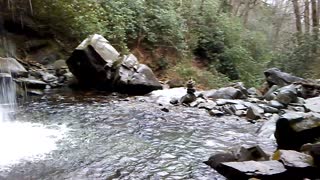 0:13
0:13
yupitsme109
3 years agoBEHIND GROTTO FALLS
53 -
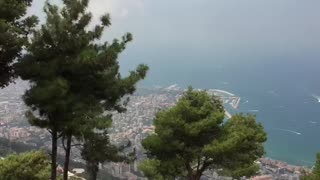 1:08
1:08
Fun Movie Clips
3 years agoWind Surfing - Lebanon
341 -
 0:26
0:26
pm51
4 years agoPm grotto
22 -
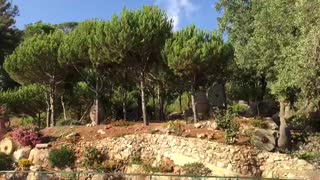 0:31
0:31
Fun Movie Clips
3 years agoFun Time in Lebanon
14 -
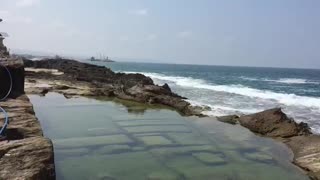 0:51
0:51
Fun Movie Clips
3 years ago $0.01 earnedFishing in Saida/Lebanon
29 -
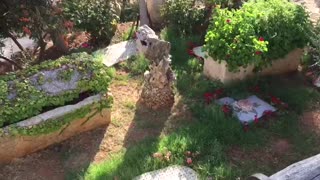 0:50
0:50
Fun Movie Clips
3 years agoMoussa Castle in Lebanon
21 -
 0:22
0:22
yupitsme109
3 years agoALMOST UP TO GROTTO FALLS
13